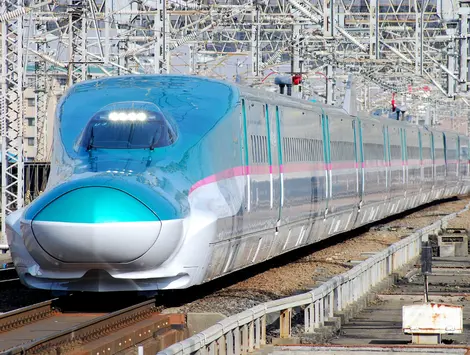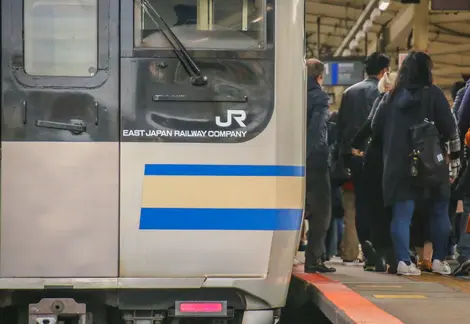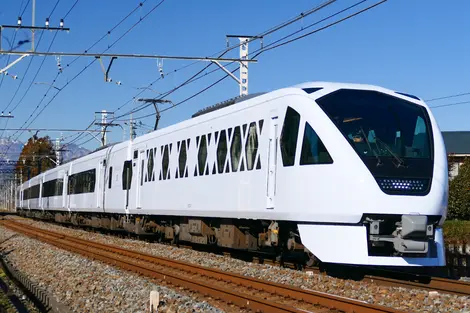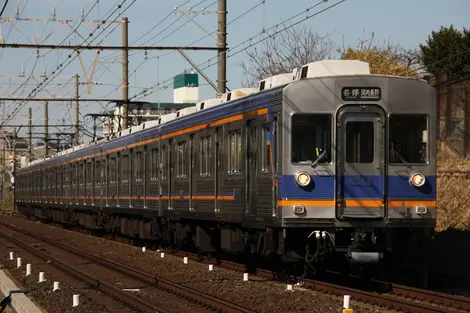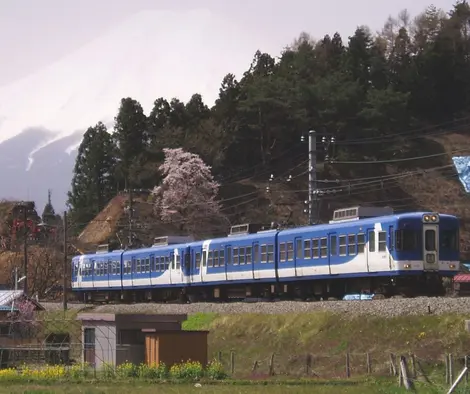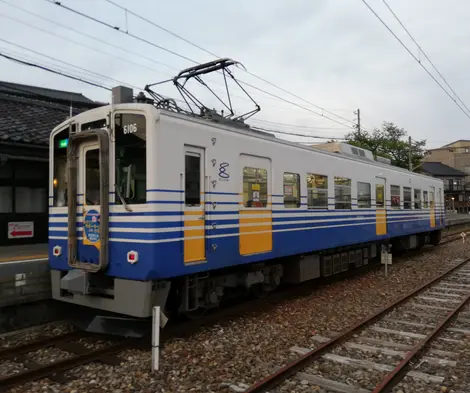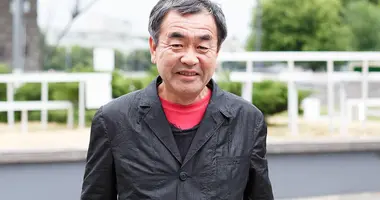Private train lines in Japan
- Published on : 29/11/2017
- by : H.M.
- Youtube
Getting around Japan made easy
How does Japan's train system work? Here are the different private lines you'll come across on your journey!
Almost all train lines in Japan are run by private companies of varying degrees of power. From the only company covering the whole of the main island to the smallest local line, here's an overview of the Japanese train system.
JR - Japan Railways
Japan Railways, also known as JR, is Japan's largest railway company. Formerly owned by the Japanese state, JR is made up of seven companies, each serving a different region of the archipelago, with the exception of Okinawa. These are JR Hokkaido, JR East, JR Central, JR West, JR Shikoku and JR Kyushu. All in all, they account for almost three-quarters of Japan's rail lines! JR lines are the most common. Shinkansen trains are also operated by the JR companies of the regions they cross.
Note:
The main railway companies
The main railway companies are the fifteen largest after JR in Japan. Unlike JR, these companies operate only a small number of lines at regional level. On the other hand, they are located in extremely busy areas and are therefore very powerful, even with just a few lines.
Around Tokyo, there are seven of them:
1. Tobu, with twelve lines serving northern Tokyo, including Nikko and Utsunomiya
2. Seibu, with twelve lines from Tokyo to Saitama.
3. Keisei, with seven lines, serves Tokyo to Chiba, as well as the Skyliner to Narita airport.
4. Keio, with seven lines, covers western Tokyo, including the suburbs of Kichijoji, Tama and Sagamihara.
5. Tokyu, with eight lines, extends south of Tokyo to Yokohama.
6. Keikyu has five lines, some of which go as far as Haneda airport, passing through all the capital's major stations.
7. Odakyu, known for its service to Hakone, has three lines.
8. There's also the Tokyo subway, which is also privately owned and extends into Tokyo's suburbs via 13 lines.
Kansai, another of Japan's most densely populated regions, boasts five of Japan's most important companies:
9. Kintetsu has 23 lines and a number of funicular lines covering Ise via Nagoya to Kyoto, Osaka and Nara.
10. Keihan operates eight lines and serves the suburbs of Kyoto and Osaka.
11. Nankai, with eight lines, runs to Wakayama from Osaka and to Kansai airport.
12. Hankyu (Kansai) operates eight lines linking Osaka to Kobe and its suburbs, among others.
13. Hanshin (Kansai) operates four lines around Osaka to Kobe and its suburbs.
Finally, the Meitetsu covers twenty lines in the Japanese Alps. In Kanagawa, you'll find the Sotetsu, and the Nishitetsu operates four lines around Fukuoka.
Medium-sized railways
These companies are smaller and operate only one or two lines in Kansai.
Kita-Osaka Kyuko Railway operates the Namboku Line, which extends the Midosuji Line in Osaka northwards.
Kōbe Rapid Transit Railway operates two lines, the Tozai Line and the Nanboku Line around Kobe.
Sanyo Electric Railway operates between Kobe and Himeji.
Small railway companies
There are also a large number of small railways operating in small areas of Japan. Here are a few you might come across.
1. Mount Fuji
Mount Fuji and the surrounding area, including Lake Kawaguchi and the Fuji-Q Highland theme park, are only accessible by train via the Fuji Kyuko, or "Fujikyu". From Tokyo, you can use your JR Pass to get to Otsuki station on the Chuo line, then travel to Fujikyu from there.
2. Kurobe Gorge
If you're visiting the Kurobe Gorge in Toyama Prefecture, you may need to take several private lines, including the Toyama Chiho Railway, as well as the Kurobe Railway.
3. Eiheiji Temple
Temple Eiheiji in Fukui prefecture is accessible from Fukui station via the Echizen railway, then a short bus ride. You may also consider taking a bus from the station, although this is also a private service.
4. Izumo Shrine
Ichibata Railways provide train access to Izumo Shrine from JR, Izumoshi station. It takes about twenty minutes to reach the end of the Ichibata railway line.
In stations
In the major stations of Tokyo, Kyoto and Osaka, private companies often have reserved spaces in the same building as JR trains. In some smaller cities, such as Nara and Nikko, each company's trains serve their own station.



